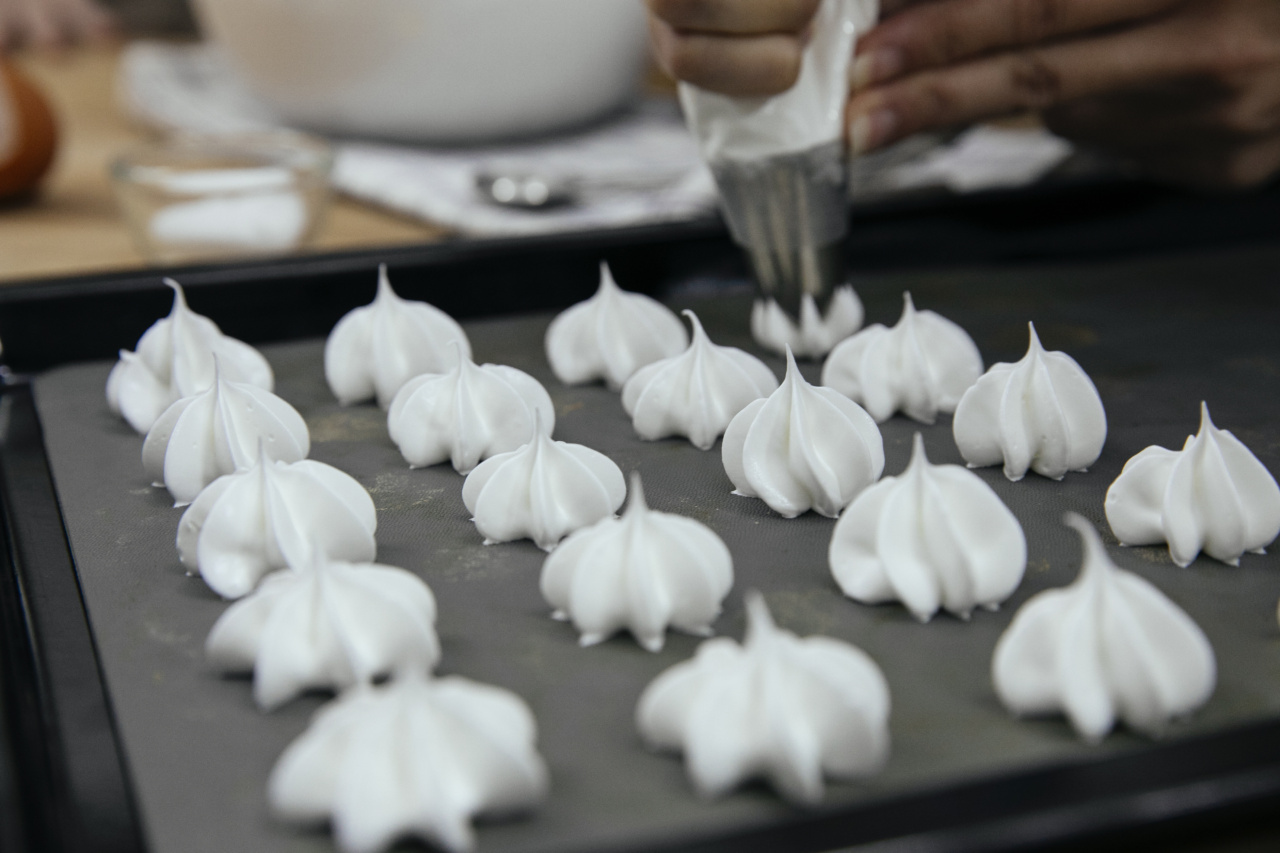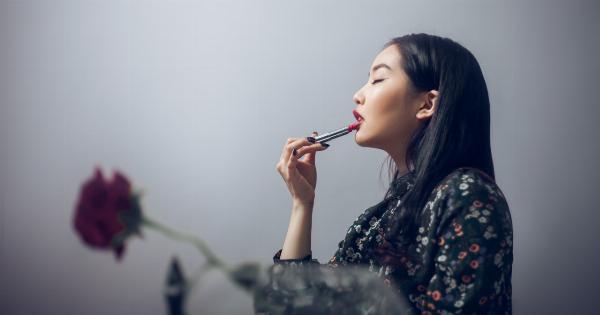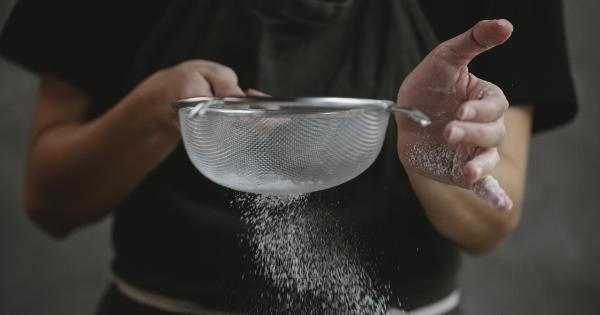Are you tired of dry and chapped lips? Look no further! In this article, we will share with you an easy-to-follow recipe for a homemade honey and vanilla lip balm that will keep your lips soft and moisturized.
Say goodbye to cracked lips and hello to a luscious pout!.
Benefits of Honey for the Lips
Honey has been used for centuries as a natural remedy for various skin conditions. It is known for its moisturizing properties and ability to retain moisture, making it an excellent ingredient for lip care products.
The antioxidants present in honey help rejuvenate the skin, leaving your lips feeling and looking healthier.
The Soothing Power of Vanilla
Vanilla not only smells delightful but also offers a range of benefits for the lips. It has anti-inflammatory properties that can help soothe and calm irritated skin. Vanilla also contains B vitamins, which promote skin health and restoration.
Adding vanilla to your lip balm will not only make it smell heavenly but will also enhance its healing properties.
What You Will Need
To prepare this nourishing lip balm, you will need the following ingredients:.
- 1 tablespoon of beeswax pellets
- 1 tablespoon of shea butter
- 1 tablespoon of coconut oil
- 1 teaspoon of honey
- 1/2 teaspoon of vanilla extract
- 10-15 drops of essential oil (optional)
Step-by-Step Instructions
Follow these simple steps to create your honey and vanilla lip balm:.
Step 1: Prepare Your Workspace
Before you start, make sure you have a clean and organized workspace.
Gather all the ingredients and utensils you will need, including a small saucepan, a heat-safe bowl, a stirring utensil, lip balm containers, and a dropper (if you choose to use essential oils).
Step 2: Create a Double Boiler
Fill the saucepan halfway with water and place it on the stove over medium heat. Place the heat-safe bowl on top of the saucepan, creating a makeshift double boiler.
The steam from the boiling water will gently heat the ingredients in the bowl, ensuring they melt slowly and evenly.
Step 3: Melt the Beeswax, Shea Butter, and Coconut Oil
Add the beeswax pellets, shea butter, and coconut oil to the heat-safe bowl. Stir occasionally until all the ingredients have melted and combined into a smooth liquid. Be patient, as this process may take a few minutes.
Step 4: Add the Honey and Vanilla Extract
Once the mixture is smooth and fully melted, remove the bowl from heat. Add the honey and vanilla extract to the mixture, stirring well to ensure they are evenly incorporated.
Step 5: Optional – Add Essential Oils
If you would like to add a pleasant fragrance to your lip balm, now is the time to do so. Using a dropper, add 10-15 drops of your favorite essential oil and mix well. Popular choices include lavender, peppermint, or citrus oils.
Step 6: Pour into Lip Balm Containers
Carefully pour the mixture into lip balm containers while it is still in its liquid state. If you don’t have dedicated containers, you can also use small empty tins or repurpose old lip balm tubes.
Fill each container almost to the top, leaving a little space for the balm to settle and solidify.
Step 7: Allow the Lip Balm to Set
Leave the lip balm containers undisturbed for about 30 minutes or until they have completely solidified. You can speed up the cooling process by placing them in the refrigerator.
Step 8: Enjoy Your Homemade Lip Balm
Your honey and vanilla lip balm is now ready to use! Apply it to your lips whenever they need a boost of hydration. The natural ingredients will soothe, nourish, and protect your lips from dryness and harsh weather conditions.
Tips and Variations
Now that you have crafted your very own honey and vanilla lip balm, here are a few tips and variations to keep in mind:.






























